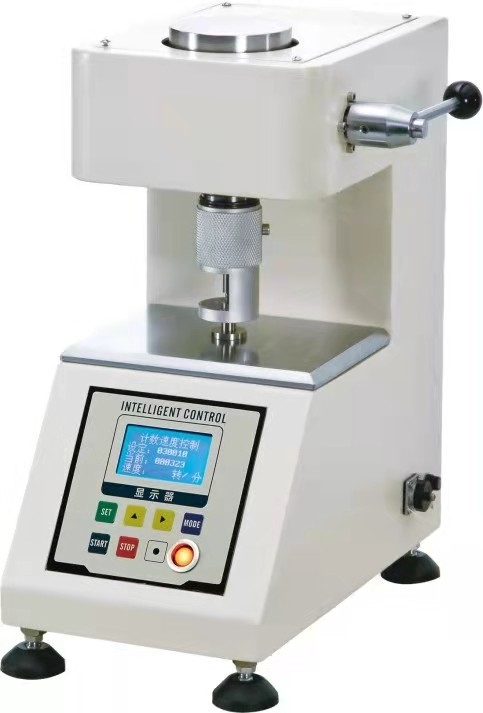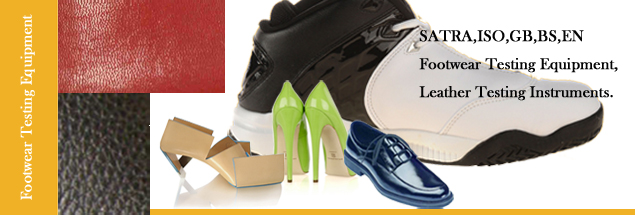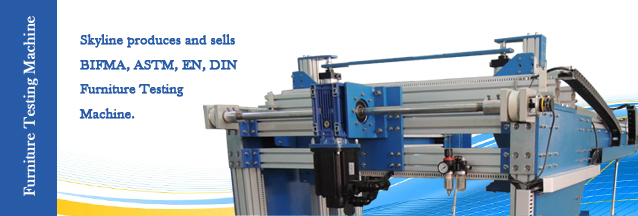 Toys Testing Equipment
Toys Testing Equipment Footwear Testing Equipment
Footwear Testing Equipment Tensile Testing Machine
Tensile Testing Machine Environmental Test Chamber
Environmental Test Chamber Building Material Flammability Test Equipment
Building Material Flammability Test Equipment Paper Testing Equipment
Paper Testing Equipment Spectacle Frames Testing Equipment
Spectacle Frames Testing Equipment Oil Analysis Testing Equipment
Oil Analysis Testing Equipment Lab Test Equipment
Lab Test Equipment Electronic Testing Equipment
Electronic Testing Equipment Stationery Testing Equipment
Stationery Testing Equipment Flammability Test Equipment
Flammability Test Equipment Furniture Testing Machine
Furniture Testing Machine Textile Testing Equipment
Textile Testing Equipment
 The Hong Kong fire once again rings the alarm: How can laboratories build a safety defense line for building materials through combustion tests?
The Hong Kong fire once again rings the alarm: How can laboratories build a safety defense line for building materials through combustion tests?- 2025/12/25
- The Hong Kong fire once again rings the alarm: How can laboratories build a safety defense line for building materials through combustion tests? The recent serious fire accident in Hong Kong has s...
 The Indian furniture inspection market welcomes new regulations!
The Indian furniture inspection market welcomes new regulations!- 2025/11/28
- The Indian furniture inspection market welcomes new regulations! The demand for these testing instruments will soar in 2026. New regulations in India are about to come into effect, and furniture insp...
 The cold current is coming. Can your products withstand the test of cold air?
The cold current is coming. Can your products withstand the test of cold air?- 2025/12/4
- Recently, the temperature has dropped sharply, and the cold wave has swept through. When we add clothes to keep warm, have we ever thought: whether the precision equipment and products that work i...
- More>
How to Assess the Resistance to Scuffing According to SATRA TM14:2021
1.Scope
This method is used for determining the degree of damage to a material in mild wet abrasion. It’s particularly applied to imitate the scuffing action of a damp hose on uncovered footwear insoles when wear. Except suitable for fibreboard materials, this method can also be applicable to test any sheet material other than non-wovens.
2.Principle
Covered with a worsted repp fabric,specimens of the material are rubbed by a wet circular wool felt pad under a constant contact force as the pad is rotating.
The machine doesn’t stop rubbing until the first sign of surface damage occurs. It’s required to record the number of revolutions to cause this first damage. The test is continued in a predetermined number of revolutions.
The overall damage to the specimen is assessed according to their mass loss caused by rubbing.
To achieve the assessment, it’s required to compare the change in the mass of the rubbed specimens with the change in mass of a second set of specimens. The second set of test materials are subjected to identical conditions but without being rubbed. The mass loss is divided by the density of the specimen. Finally, the result is converted to a volume loss.
If you have any need for TM14 test equipment, please let us know!
whatsapp/wechat +8613751491529
More details please refer to http://www.lab-testequipment.com/Rotary-Rubbing-Color-Fastness-Tester.html


 Toys Testing Equipment
Toys Testing Equipment Footwear Testing Equipment
Footwear Testing Equipment Tensile Testing Machine
Tensile Testing Machine Environmental Test Chamber
Environmental Test Chamber Building Material Flammability Test Equipment
Building Material Flammability Test Equipment Paper Testing Equipment
Paper Testing Equipment Spectacle Frames Testing Equipment
Spectacle Frames Testing Equipment Oil Analysis Testing Equipment
Oil Analysis Testing Equipment Lab Test Equipment
Lab Test Equipment Electronic Testing Equipment
Electronic Testing Equipment Stationery Testing Equipment
Stationery Testing Equipment Flammability Test Equipment
Flammability Test Equipment Furniture Testing Machine
Furniture Testing Machine Textile Testing Equipment
Textile Testing Equipment

 English
English 中文
中文 Español
Español française
française العربية
العربية Русский
Русский







